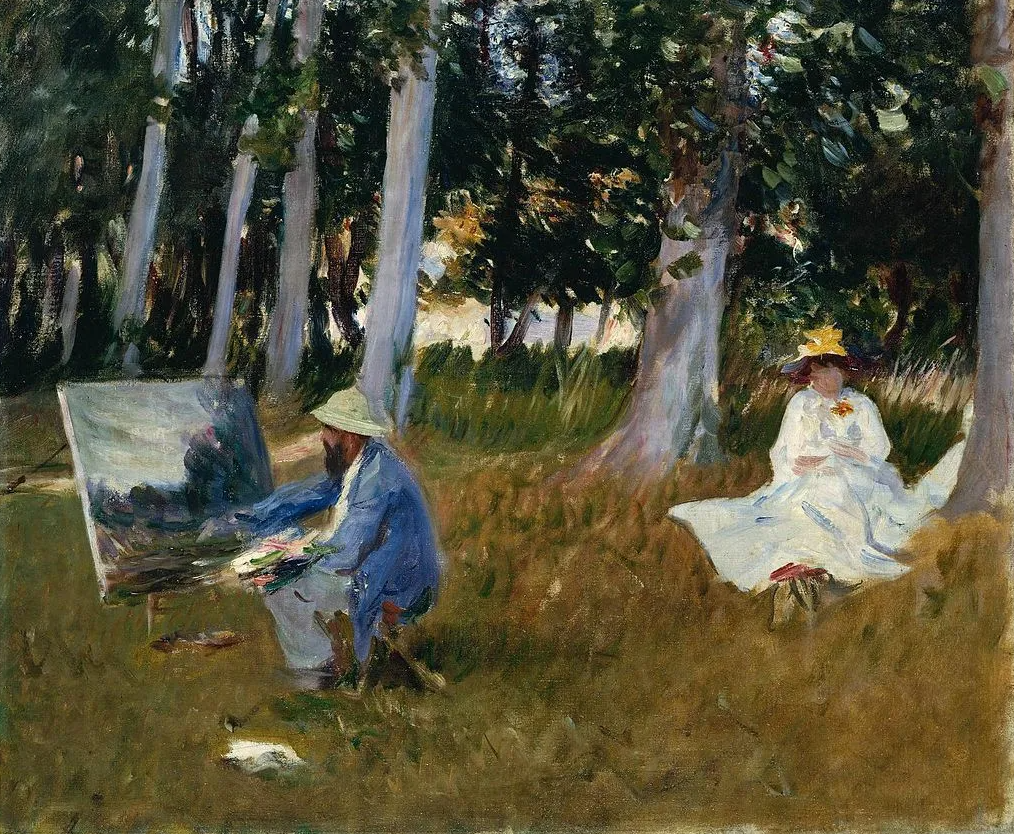The Impressionist art movement, which emerged in the nineteenth century, is one of the most influential art movements in history. It is characterized by the use of many colors from nature to reflect an object or a picture of the natural world onto the canvas. Some of the greatest impressionist painters include Claude Monet, Berthe Morisot, and Pierre Auguste Renoir.
The impressionist style of painting aimed to capture the fleeting effects of light and color in the natural world. This was achieved by using loose brushstrokes and an emphasis on atmosphere over detail. En plein air paintings, which means painting in the open air, were defended by impressionists as a method to capture scenes of nature on their canvas in landscape by leaving the walls of the studio behind and carrying the necessary materials outside to paint.
En plein air painting presented challenges at first, such as weather conditions and the weight of paints and other materials. However, artists found solutions to these problems by inventing tubes for conserving oil colors and making lighter easels with a place to put their brushes. These developments made it possible for artists to carry all their materials wherever they went to paint.
Impressionism had a profound impact on the world of art, inspiring later art movements. Its emphasis on capturing the essence of a moment in nature and using color to convey emotions and atmosphere has influenced many artists throughout history. Moreover, its emphasis on painting outdoors and capturing nature’s fleeting moments has encouraged many people to appreciate the beauty of the natural world. Today, en plein air painting remains popular among artists who seek to capture the beauty of nature in their work.
You can find more content HERE.

